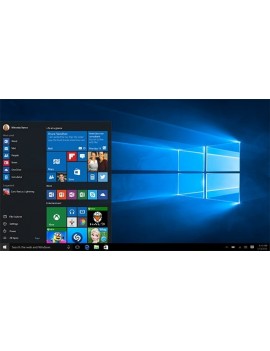
Activating Windows 11 isn’t just about compliance — it’s about unlocking the full potential of your device. With a valid license, you gain access to personalization options, key updates, and features that shape your everyday experience. Whether you’re upgrading from a previous version or starting fresh, activation is a key step to make your system fully operational. Here’s a step-by-step guide to help you activate your PC with a Windows 11 License (windows 11 lizenz).
Step 1: Check Activation Status
Before entering any product key, it’s essential to verify whether your device is already activated. Some systems come pre-installed with Windows 11 and activate automatically.
1. Click Start and open Settings.
2. Navigate to System > Activation.
3. Under Activation state, you’ll see if your copy of Windows is already activated.
If it says “Active,” you’re all set. If not, proceed to the next steps.
Step 2: Locate or Purchase a Product Key
There are different ways users obtain a valid Windows 11 license:
• From an official Microsoft Store or partner site
• Included with a new PC or laptop
• Upgrading from Windows 10 (in some cases, no key is needed)
• Through an organization or volume license for enterprise setups
If you’re using a retail license, your product key will be a 25-character code that looks like this:
XXXXX-XXXXX-XXXXX-XXXXX-XXXXX
Step 3: Enter Your Product Key
Once you’ve located your key, you can activate Windows directly through the system settings.
1. Go to Settings > System > Activation.
2. Click Change product key.
3. Enter your 25-character key and click Next.
4. Windows will validate the key and begin the activation process.
If your PC is connected to the internet, activation usually completes in seconds.
Step 4: Activate via Command Line (Advanced)
For advanced users or IT professionals, Windows activation can also be managed using the command prompt:
1. Open Command Prompt as administrator.
2. Enter the following command:
slmgr /ipk XXXXX-XXXXX-XXXXX-XXXXX-XXXXX
(Replace Xs with your actual product key)
3. To initiate online activation, type:
slmgr /ato
This method can be useful when activating devices in bulk or dealing with advanced setups.
Step 5: Activation Troubleshooting
Sometimes, activation doesn’t go as expected. The most common reasons include:
• Invalid or mistyped product key
• Hardware changes (like replacing your motherboard)
• License mismatch (e.g., trying to use a Home key on a Pro version)
Windows 11 includes a built-in Activation Troubleshooter:
1. Go to Settings > System > Activation.
2. Click Troubleshoot if the option is available.
3. Follow on-screen instructions to resolve the issue.
If problems persist, Microsoft Support can help with manual activation or license transfer.
Step 6: Link to Your Microsoft Account (Optional, but Recommended)
Linking your digital license to your Microsoft account ensures that your Windows 11 activation status is preserved — especially helpful if you ever need to reinstall or replace hardware.
1. Go to Settings > Accounts > Your info.
2. Sign in with your Microsoft account.
3. Return to Activation, and check if it says “Windows is activated with a digital license linked to your Microsoft account.”
This step offers peace of mind and flexibility in future device management.
Final Thoughts
Activating Windows 11 is more than just flipping a digital switch — it’s an important milestone in your setup journey. Whether you’re a student setting up a laptop, a professional deploying machines at scale, or a home user upgrading from Windows 10, following these steps ensures your device is secure, personalized, and fully licensed. In a digital landscape that’s constantly evolving, having a genuine copy of Windows 11 keeps you ahead, supported, and ready for what’s next.